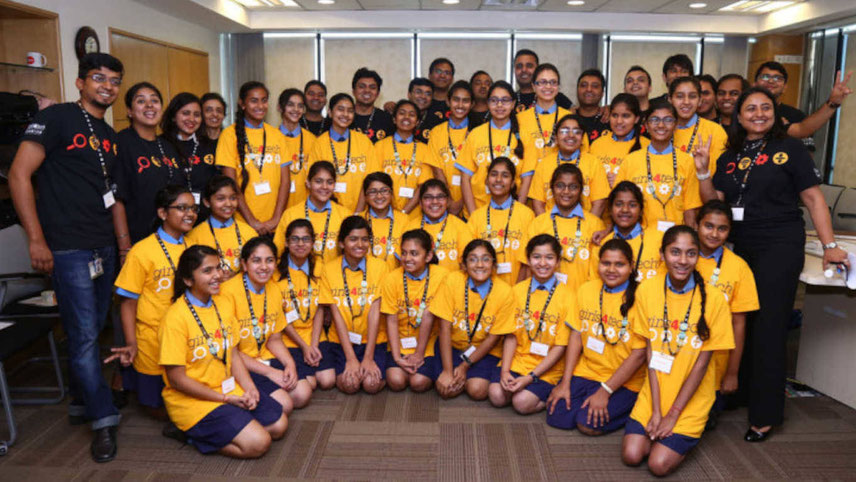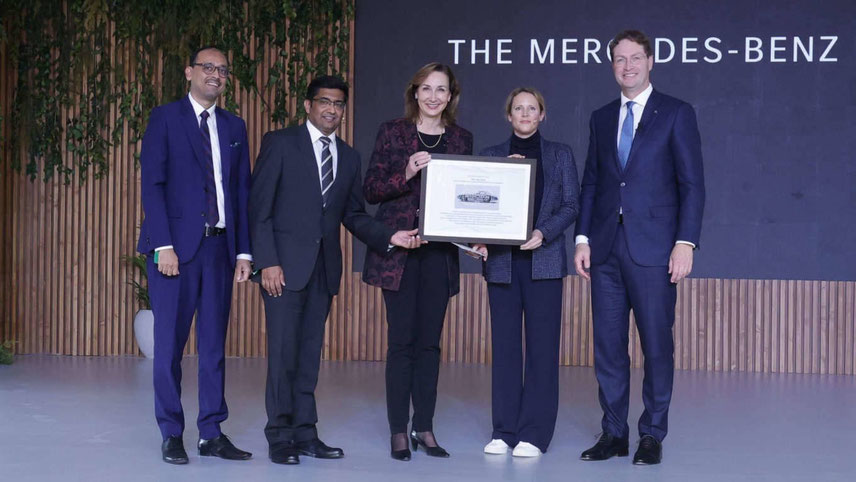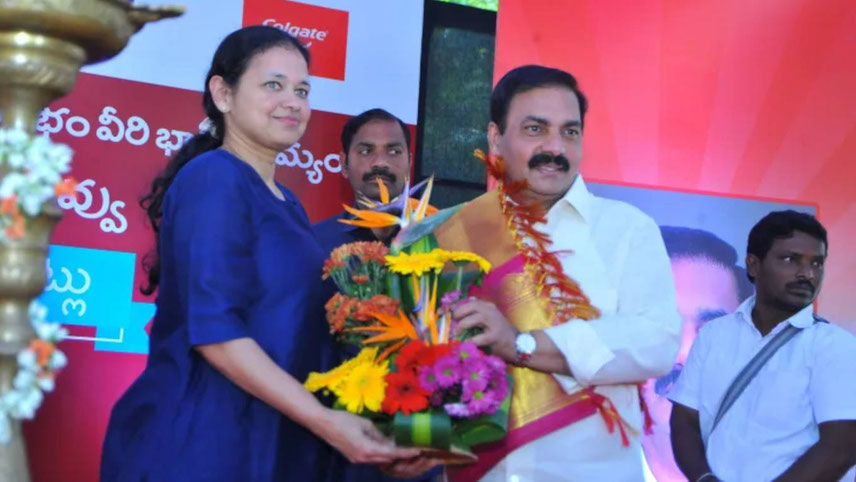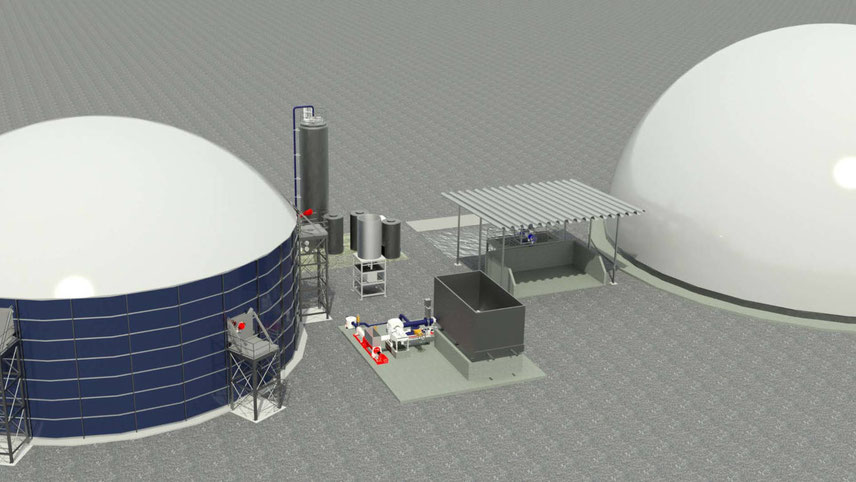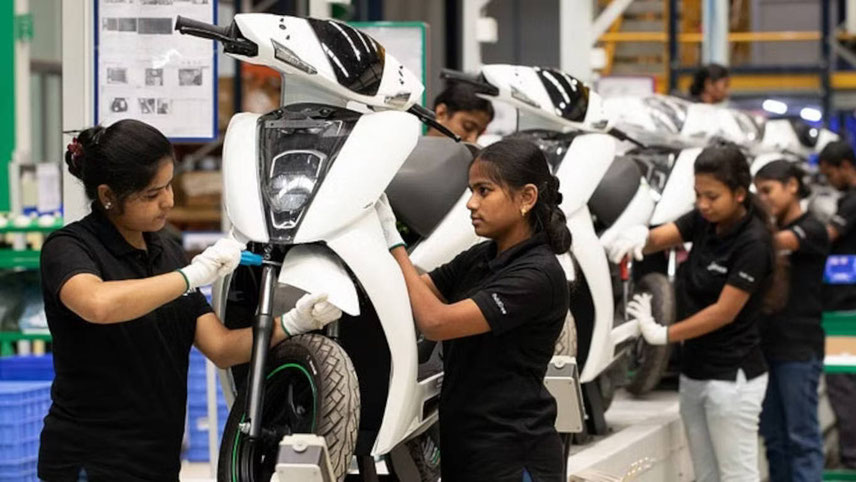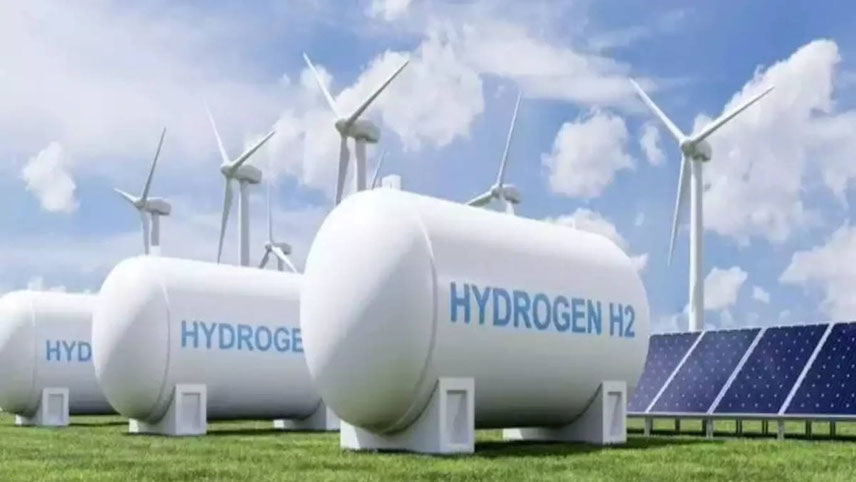
The Indian automotive industry has been a strong pillar of the ‘Make in India’ initiative and a key driver of India’s economic engine, claiming a 22 per cent share of its manufacturing GDP. Being one of the largest employers in the nation and a key contributor to its exports, the sector has grown to become the fourth-largest in the world. With the outbreak of the pandemic this year, the sector has witnessed unprecedented recessionary conditions and volatility. Despite a series of setbacks and turbulence, the automotive industry, already having braced several headwinds, is now showing signs of recovery – with the pandemic proving that opportunity lies beneath the veil of every crisis. What has arisen out of the changed normal is the strategic need to shift gears for reinventing and reimagining growth. The country’s economic resurgence emanated from rural areas and Tier I and Tier II cities. Government reforms and incentives coupled with healthy monsoon season, resulted in an increase in purchasing power. Robust demand from rural and semi-urban areas is a silver lining that has had a significant impact on the automotive segment and allied industries. Navigating through challenges The month of May saw domestic sales in the sector plummeting by 80-90 per cent. To begin with, the double-digit decline left manufacturers saddled with sizeable inventory and a host of other challenges to deal with. The disruption of the supply chain, with its cross-border dependence, delineated a grim scenario with OEMs facing material shortages, coupled with financial and labour distress. With manufacturing hitting the pause button in late March, the sector and its allied partners were left dealing with the predicament of constricted liquidity and the mounting pressures of managing working capital and cash flows. The pandemic, also orchestrated productivity losses and delay in new product launches. The industry, while having to shield its workforce from the ongoing threat, also worked towards rationalizing roles and resources in a largely remote-working structure. Staying afloat and rebounding As restrictions eased, the slope leading towards re-establishing the production facilities proved to be significantly steeper than the one that led to the shutdown. Notwithstanding that, concerted efforts have put the industry back on its wheels. Plugging in supply chain gaps, embracing digitisation, deploying automation, and innovating solutions in connected mobility have together provided the ignition to kick-start growth and rev up demand sooner than anticipated. The IHS Markit findings, which reveal that India’s Manufacturing Purchasing Managers' Index (PMI) rose to 52 in August, indicate for the first time in six months that the sector is motoring along the path of recovery. For some leaders, consumer-side inquiries and bookings have reached 80-85 per cent of pre-Covid levels, with potential buyers choosing private over public transport. The small car and two wheeler segments are already showing growth potential, with rural regions registering faster recovery. Accelerating the adoption of technologies The uncertainties surrounding the macro-economic situation have pushed the sector into staying agile, innovative and customer-centric. With technology taking the front seat, the industry has adopted several measures, not just to remain buoyant, but to also make new inroads in business excellence.





























